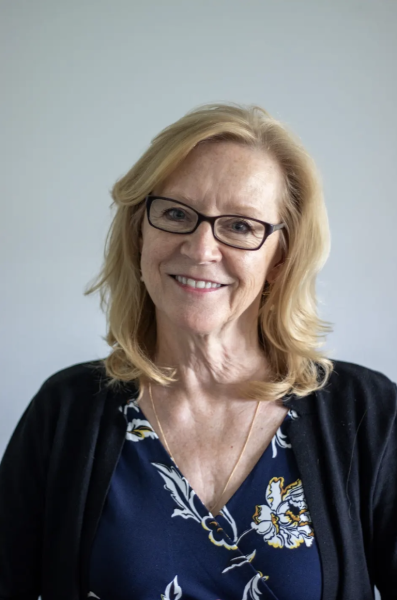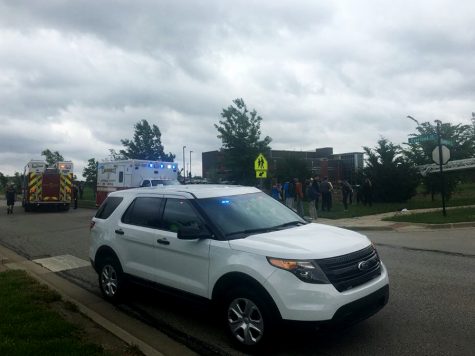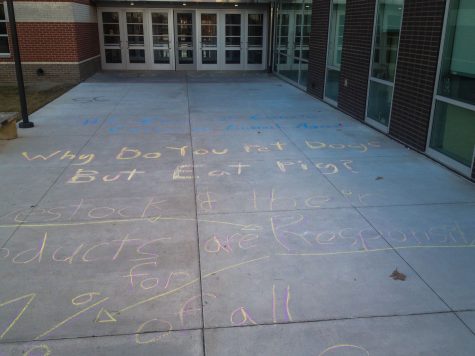Recent Kansas legislative activity involves changes to education
In the face of the upcoming nationwide elections, legislation of all kinds is being passed, killed and proposed, much of which concerns education.
“This year and last year the pace of proposals has picked up, and I’ve seen a couple of possible explanations for that,” school board member Shannon Kimball said. “One is that it’s an election year, so representatives want to be able to say, ‘well, we did this and this and this.’ Plus, they’re talking about a lot of things that really are just de- signed to be backdoor ways to cut funding … They really are scraping for every dollar they can find.”
One such proposal currently on the floor of the Kansas House of Representatives is a bill that could limit the material teachers can discuss in the classroom based on the possibility of it offending students. If this bill passes, teachers could be prosecuted for offending students.
“It adds a layer of fear to teachers when planning lessons and would likely lead them to be more conservative about the types of critical engagement that they do with students,” school board president Vanessa Sanburn said.
Another bill to establish a bond project review board could redefine the manner in which schools and districts receive funding, and Kimball says this is an example of backdoor tax cutting.
“What [lawmakers] are trying to do is reduce the amount of state equalization aid they give to districts when we do bond issues… they’re only going to give us equalization aid for instructional spaces, but they don’t define instruction and they leave it to the political appointees to define instruction, and I’m not at all confident that they would apply that standard fairly or consistently,” Kimball said.
The Topeka-based board would review plans for improvements like school renovations and new sports facilities, most of which would include some application of equalization aid, funding from the state government designed to help balance differences between tax revenue of districts. Kimball doubts the successful application of this standard due to how the review board would be arranged.
“Our plan for improvements … would have to go before a committee that’s made up of basically the legislative leadership,” Kimball said.
Kansas’ property-poorer school districts are more susceptible to changes in equalization aid. According to Kimball, USD 497 receives only about 4.5% of its total bond payment from the state, while other districts may receive more than half.
“In Lawrence, the impact is maybe not as big as it is in districts that are less wealthy as far as the property that’s in the district that gets taxed,” Kimball said.
If these districts can’t pass these bond issues, local taxes may have to be raised to compensate for state aid.
“I think the real objection for me is that this is yet another way for legislators in Topeka to take decision-making out of my hands as a board member,” Kimball said.
Most legislation regarding education would be affected by this change, such as a bill requiring financial literacy be taught to all stu- dents. Kimball says that this could come in the form of a mandated class, limiting elective choices, or in sweeping curriculum change to an existing class, entailing expensive retooling and retraining.
“So far in our district, we have not talked about mandating an additional class for high school students or middle school students, but that could be a possible outcome of them imposing that,” Kimball said.
Another such bill suggests that teachers be taught to recognize signs that a student may be at risk for suicide. While this idea is easy to support, it is harder to implement monetarily, especially under the threat of broad changes to funding.
“The real question for us comes from who’s going to pay for the professional development and how much is it going to cost us to do that and how are we going to fit that into the professional development that we already have in place,” Kimball said.
Almost no change to education, even an objectively good one, can be made without the assistance of money. The source of this money is a much more complicated issue.
“I think what’s happening is that there’s a huge need that’s been identified to better figure out school funding,” Sanburn said. “There are quite a few people in the legislature, and the current governor, who believe that … education should be less costly for the state. They’re looking for a lot of different ways to pass legislation in order to get at some of those funding issues without having to politically say, ‘we want to underfund education.’”
Many recent bills, including a dropped proposal to cut gifted education spending, are ways for the state to save money according to Sanburn.
“They don’t want to deal with the overall educational funding formula because they think it’s too big of a nut to crack, so they’re looking for … other, more creative ways that don’t make a lot of sense to people who actually are paying attention,” Sanburn said.
Your donation will support the student journalists of Lawrence Free State High School. Your contribution will allow us to purchase equipment and cover our annual website hosting costs.








